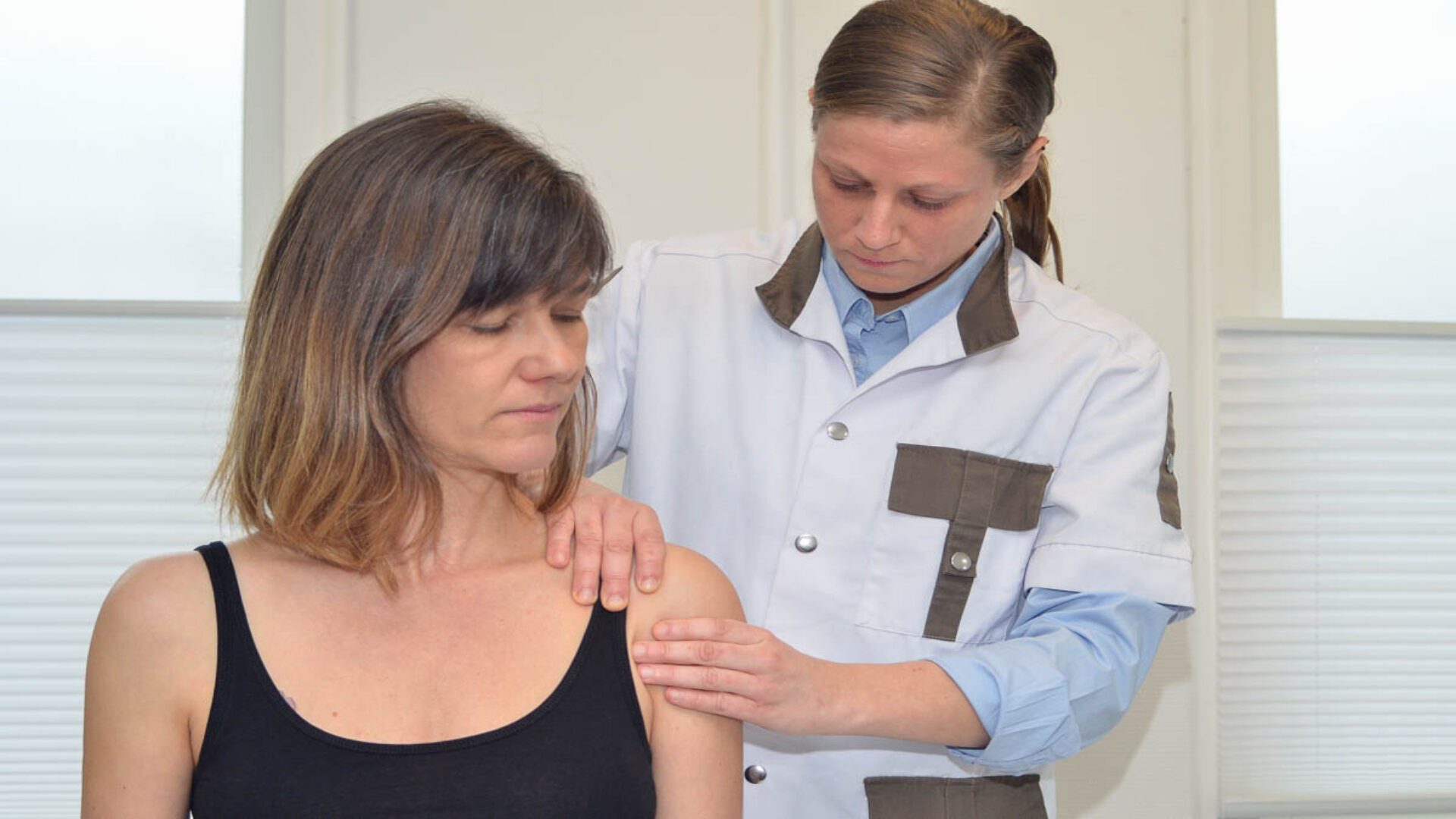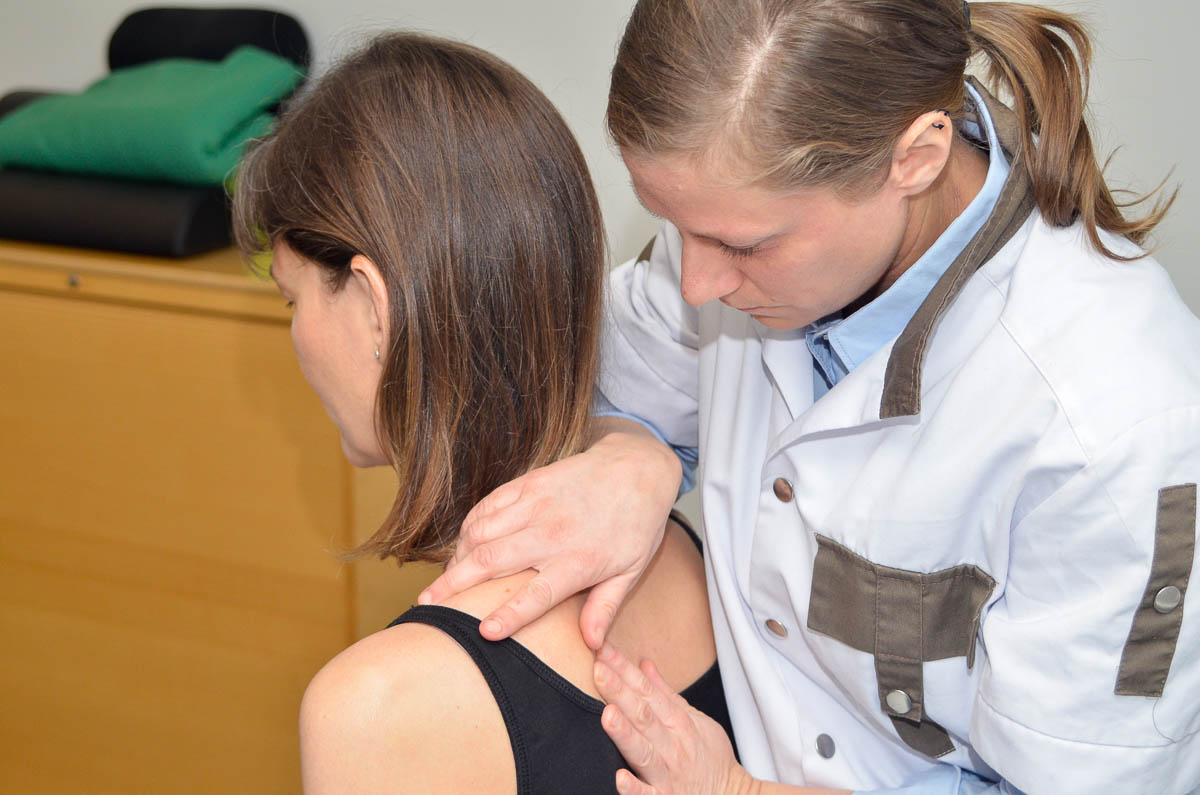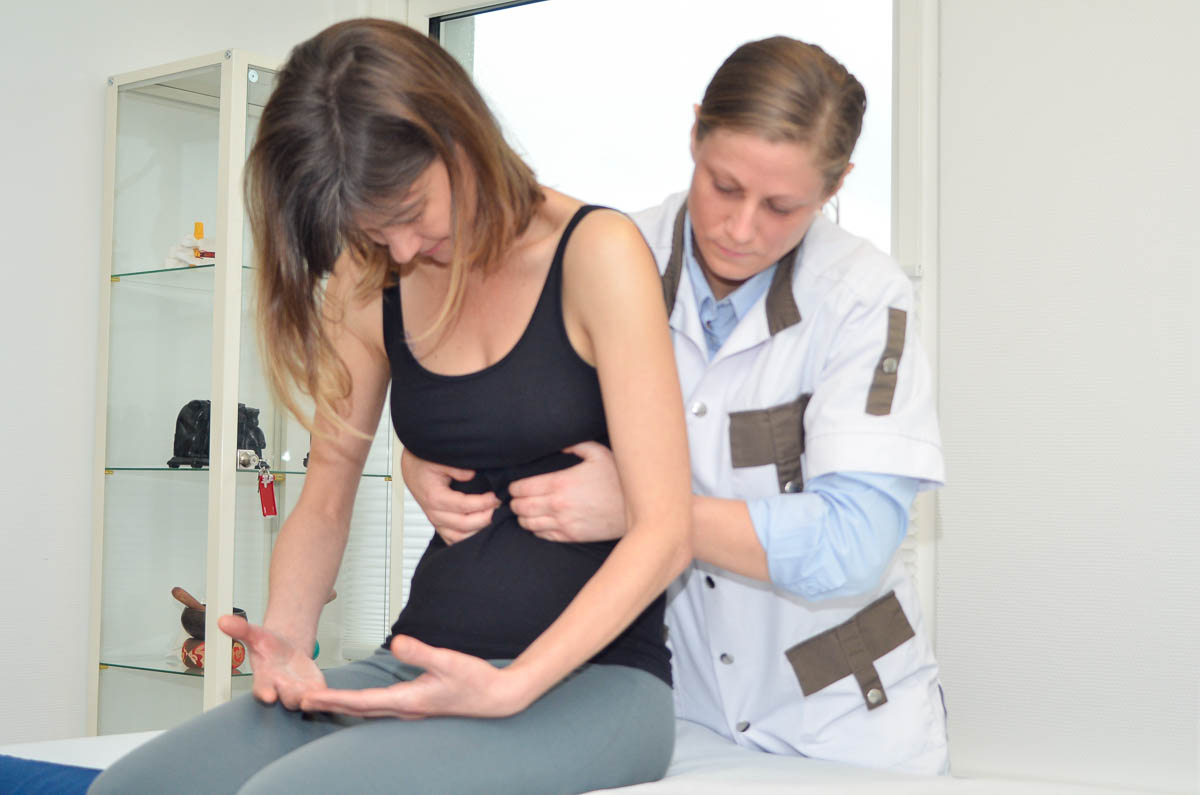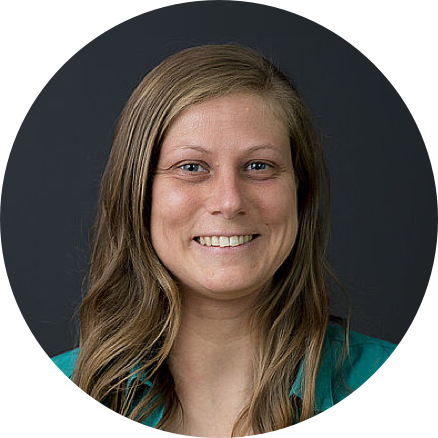Shoulder pain

Rotator cuff
The rotator cuff is a set of tendons (the part of the muscle attached to the bone) covering the head of the humerus (the top of the arm bone). These tendons are essential to stabilizing the humeral head into the concavity of the glenoid fossa of the shoulder blade, allowing proper mobility.
4 muscles are involved: supraspinatus muscle, infraspinatus muscle, teres minor muscle, and subscapularis muscle. Besides their role as a stabilizer, they participate in the mobility of the shoulder, notably in abduction (when the elbow moves away from the trunk), and internal and external rotations.
The tendon of the long biceps is not part of the rotator cuff but is usually associated in the mechanism of the pathology.

There is naturally little space around these 4 tendons, and they can easily suffer from different kind of constraints:
– a direct trauma on the shoulder (fall, sport…)
– repeated microtrauma
– some sports, like tennis, swimming, surfing…
– some works: painter, electrician…
– carrying of heavy loads and too repetitive movements
– smoking, diabetes, hypercholesterolemia (by reducing bloodstream)
– anatomical abnormality reducing the space around the tendons
Symptoms:
– pain and swelling in the front or side of the shoulder
– pain lifting the arm in front of you, or on the side
– pain reaching behind the back
– pain at rest or at night
– stiffness
– loss of strength
If a tendon is pressed, it can become swollen and sore: here starts the inflammation. Concerning these tendons, it will be called rotator cuff tendonitis or more generally shoulder tendonitis. The inflammation of one (or more) of the tendon can be specifically identified by ultrasound scan, and so be called, for example, supraspinatus tendonitis.
The swelling reduces again space around the tendon, and it is a vicious circle: the limited space around the tendons create friction, increasing the inflammation, reducing more and more the necessary space.
When a rotator cuff tendonitis affects the mobility and the function of the shoulder, it gets to a second stage called subacromial impingement: The pain worsens, can also affect other parts of the arm, and the limb gets weak.
As the pain is triggered by movement, lots of people reduce their activity to avoid the pain. But with time, it can create stiffness in the soft tissues, such as the capsule and fasciae. The stiffness is so important that only a little movement of the shoulder is possible, and the pain is severe. At the stage, it is called adhesive capsulitis, also known as frozen shoulder.
If nothing is done, the tendon involved will become so damage than it can tear off. At that point, easer a surgery will be performed to repair the tendon, or if it is not worsted it, a part of the function of the shoulder is lost, but other muscles take over.
An osteopath can work at any stage of the shoulder tendonitis and can make a diagnosis. Shoulder pains are often complex and can take some time to resolve. Advice and exercise will frequently be given in order to maintain the benefits of the osteopathic session and prevent relapse of the condition.

Shoulder pain with visceral origin
The gall bladder is a small organ, in form of a pouch, storing the bile produced by the liver, before it gets to the intestine and helps us digest fats. Gall bladder trouble such as biliary colic, cholecystitis, or gallstones, can generate severe pain, through the phrenic nerve (C36C5).
It happens that the brain mistakes the pain location, and instead of being hurt on the abdomen, the pain is all the way along the nerve, until the right shoulder, sometimes even to the neck. Such a process can occur with other organs, it is called referred pain.
Tension on the connective tissues around the organs can also affect the mobility of the musculoskeletal system where these tissues connect and create pain. Often, tensions around the stomach because of chronicle stress or previous illness such as stomach ulcer or gastritis, can generate pain on the left shoulder.
-

Maud Clément
Autoriseret osteopat
-
Opening HoursMonday - Friday08.00 - 17.00AddressRosenvangs Allé 17, 8260 VibyGet DirectionsParkingFree Parking4 spotsBus Departures2A1A4A142022A stops in front of the clinic.
1A, 4A, 14, and 202 stop 3 minutes away.AccessibilityThe clinic offers handicap access and a spacious waiting room